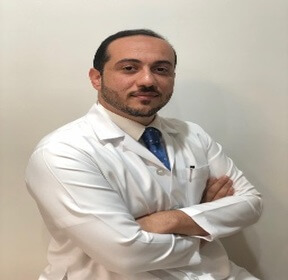
Mustafa Ali Aldajani
Dammam Medical Complex Saudi ArabiaTitle: CBCT as a new approach for diagnosis of Invasive Cervical Resorption (ICR)
Abstract:
The reason behind presenting this topic is they have noticed in the recent years we have seen a growth in research in the area of CBCT. There is an increasing optimism that CBCT used in dentistry will bring significant advances in the diagnosis, treatment and prognosis of disease as well. The electronic database chosen for developing this review was PubMed database. Following keywords were used for searching relevant papers: (CBCT – invasive cervical resorption – external resorption). A total of 20 papers were retrieved from the PubMed database, out of which only 8 papers were chosen. CBCT is considered a complementary modality for specific applications rather than a replacement for 2-D imaging modalities (Scarfe et al 2009). CBCT in endodontics is demonstrates anatomic features in 3 dimensions that intraoral and panoramic images cannot (AAE Summer 2011). CBCT provided valuable information that assisted in the determination of the type of resorptive defects (internal, external and invasive cervical) (Grondahl HG 2004). Invasive cervical resorption is an insidious and often aggressively destructive form of external root resorption that is characterized by invasion of the cervical region of the root by fibrovascular tissue derived from the periodontal ligament (below epithelial attachment of the tooth). Conventional intraoral radiographic techniques reveal information in 2 dimensions only (height and width), Valuable and relevant information in the 3rd dimension (depth) is limited. CBCT imaging appears to provide a superior validity and reliability in the detection of ICR. The superior accuracy of CBCT may help to determine ICR exact location and extents.
Biography:
Mustafa Ali Aldajani is an Endodontist by profession and works with one of the government hospitals in Dammam, Saudi Arabia. He holds a BDS in Dentistry and MSc in Oral science and Clinical certificate in Endodontics, University of Riyadh Elm. Mustafa has 4 years of experience as general practice of Dentistry and 2 years of government practice as an Endodontist. He has also been involved in many researches at Dammam Medical Complex.

